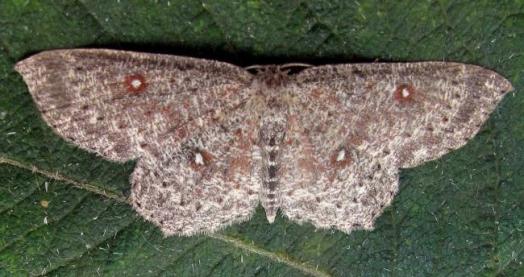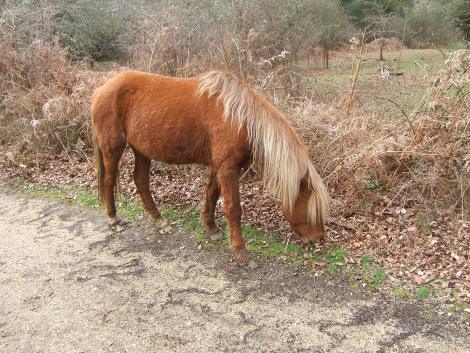Today I thought I would share various nature news from my local patch and places quite nearby.
Let’s start with something very local. Only a few miles from home is Moors Valley Country Park, a wonderful place that I’ve planning to write a post about for some time but haven’t got round to it. The park recently did a Bioblitz survey to see which species are in the park and one particularly exciting discovery was made. The Dingy Mocha moth appears on both the UK biodiversity action plan and the international Red List of endangered species.

The moth is only found in Dorset and West Hampshire so it really is a local species. I think it just how to go on my list of species to see! [Source]
An interesting story about the New Forest emerged this week. Various campaigners have come out to say that the New Forest is being destroyed by the growing number of New Forest ponies. Ecologist Sam Manning said:
“We know that an estimated 170 species have been lost over recent decades and that can be partially attributed to overgrazing. Now 68% of the New Forest is in unfavourable or unfavourable recovering condition which, considering it’s supposed to be one of the most well-managed biodiverse areas in the country, is frankly unacceptable.”

In 1950 there were around 2,000 New Forest ponies whereas now there are about 5,000. This is largely due to financial reasons. It’s important though to point out that overgrazing is only partially being held responsible for lack of diversity and there are of course a swarm of other reasons. I think it’s difficult to really know the extent at which the ponies are making a difference. There are certainly a lot of grazing animals on the forest these days and a reduction certainly wouldn’t do any harm but I doubt it would save the forest as the article sort of suggests. [Source]
In Bournemouth it appears the seagulls are becoming an issue again. The council has had lots of complaints from the public about gulls stealing food from their hands and even swooping at people without food. You can’t really blame the seagulls, they have simply found an easy way to get food but it’s not pleasant for people. A few years ago a seagull hung around my grandfather’s flat and dive-bombed him every time he came out, presumably either mistaking his silvery hair for fish or protecting a nearby nest.

The council are limited about what they can do as herring and lesser black-backed gulls are protected species. The best thing is to be preventative, to try and stop people feeding gulls and ensure waste is stored in closed bins, something which is being prioritised in the area. [Source]

No comments:
Post a Comment